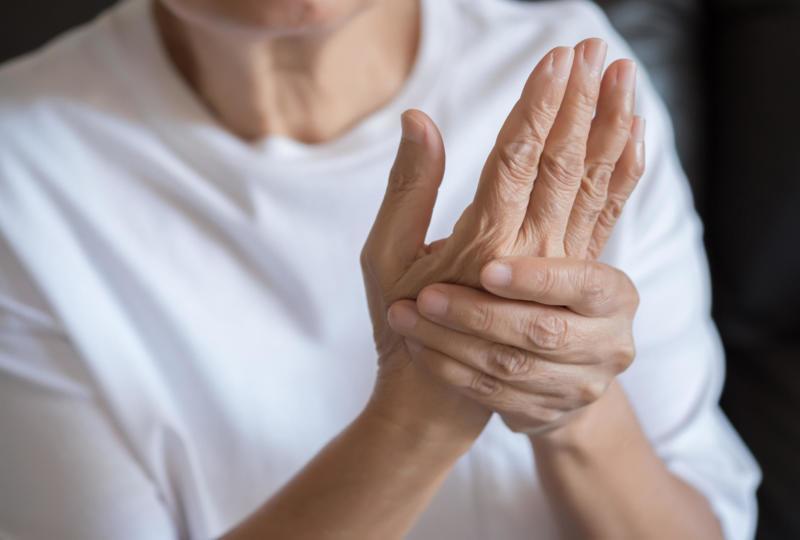The Differences Between Lupus and Rheumatoid Arthritis
The Differences Between Lupus and Rheumatoid Arthritis
Both rheumatoid arthritis (RA) and lupus are autoimmune diseases that develop when the body’s immune system mistakenly creates antibodies to attack certain structures of the patient’s body. With RA, the immune system usually attacks the joints, which is also true for 2 out of 3 cases of lupus. However, lupus is both systemic and erratic, which means that it could also affect the patient in nearly every part of their body.
Because both diseases have symptoms of joint pain, it's really easy to confuse them. In fact, lupus is sometimes called "The Great Imitator" because it can look like RA at a glance and imitate a large variety of conditions.
In this sense, it’s vital for both physicians and patients to know how these two conditions are different.
For starters, both conditions are far more common in women than in men. RA is at least 2 to 3 times more likely to affect women, while lupus is a 10 times more likely to affect women as well.
Rheumatoid arthritis is a disease that affects the joints, especially in the hands, feet, and fingers. Symptoms come in episodes of flares and remissions, and can also affect the wrists, elbows, and other parts of the body. The patient may experience pain in several joints at one time, but they are usually symmetric. For instance, if they are feeling pain in their left wrist, it’s very likely that they will also experience pain in the right wrist.
Most of these symptoms come on gradually, so much so that patients often don’t realize that something is wrong until the pain becomes unbearable. Like lupus patients, RA patients can experience flares of the symptoms and remissions when their symptoms aren't present. Some symptoms of RA are:
- Pain and swelling, as well as tenderness of one or more joints of the body.
- Stiffness of the joints, difficulty with movements, especially in the mornings.
- Joint deformities, which is more common in the later stages of the disease.
When RA affects other parts of the body, it can usually cause the following symptoms:
- Dryness of the eyes and mouth
- Painless lumps under the skin, called rheumatoid nodules, near the affected areas.
- Chest pains and difficulty to breathe.
- Fatigue originated by anemia, which is a condition sometimes associated with RA
- Weight loss
- Tingling, numbness, needles in the patient’s hands
Lupus, on the other hand, may also appear gradually in the person. Luckily, most cases are mild, though the severe ones are potentially more life-threatening than any case of RA.



